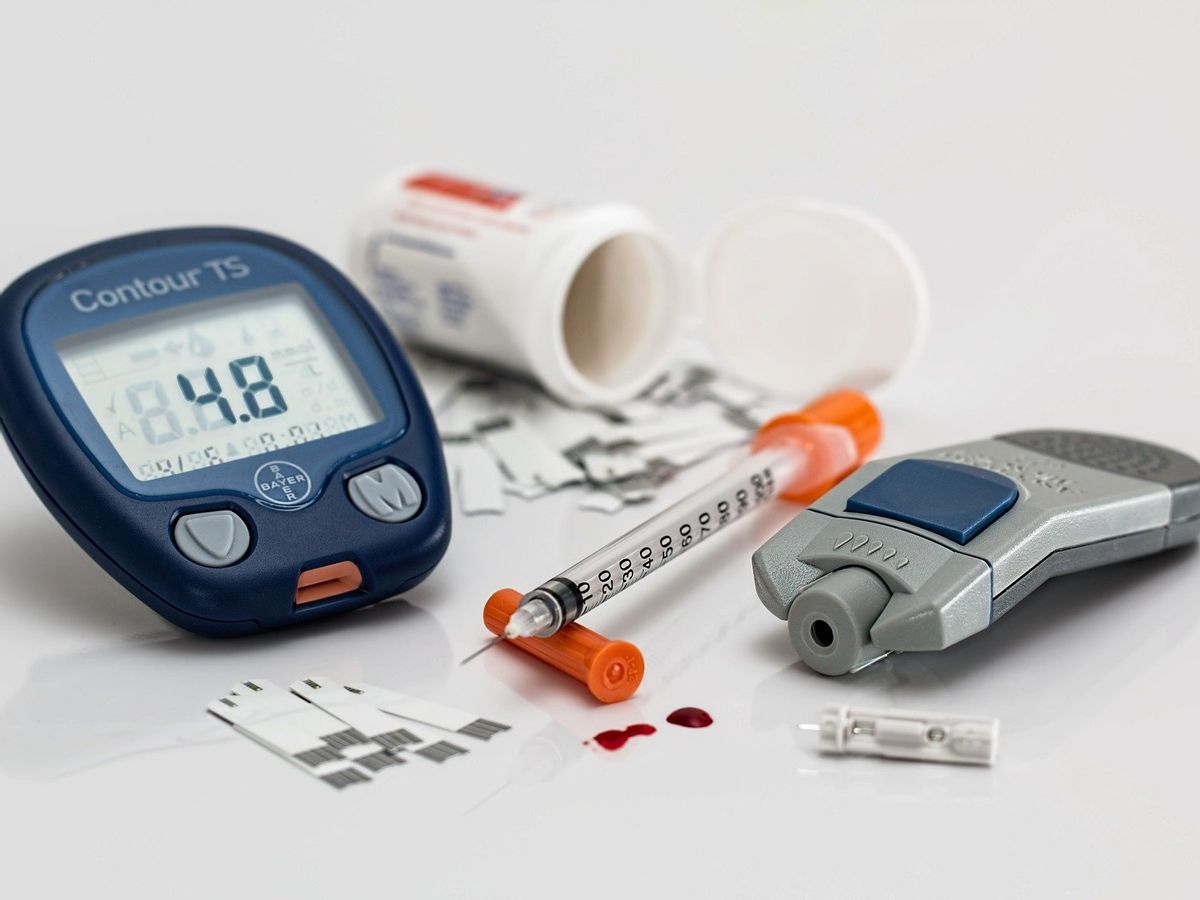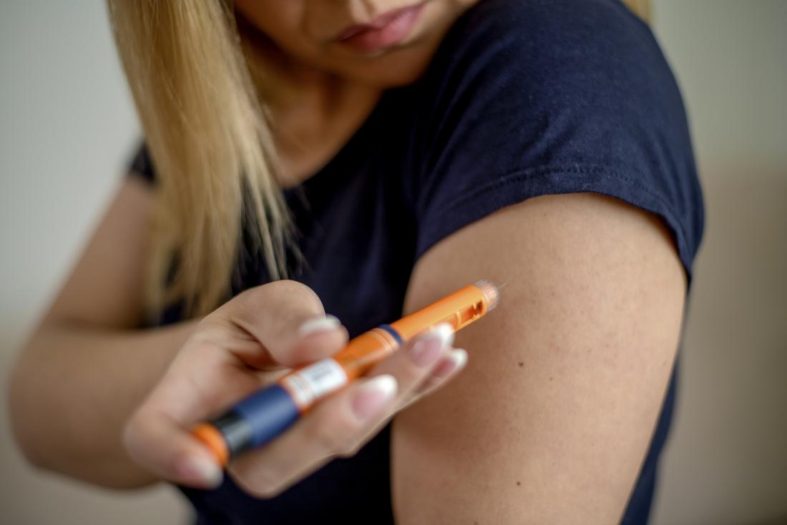
From never wearing brand new shoes for a trip to traveling with flashcards to navigating language barrier, managing meals when crossing time zones, storage of insulin, and how to minimize glucose fluctuation —- all of this and more is part of the Indian Council of Medical Research (ICMR) pre-travel advice and preparation for children and adolescents living with Type-1 diabetes. This is the country’s first-ever list of basic dos and don’t to ensure the safety of Type-1 patients during travel.
India has the highest number of incidents and prevalent cases of Type-1 diabetes in the world as per recent estimates from the International Diabetes Federation and the Council has now published a comprehensive document providing advice on the care of diabetes in children, adolescents, and adults with Type 1 diabetes.
Type I diabetes also called juvenile diabetes, is a chronic condition in which the pancreas produces little or no insulin. It typically appears in adolescence and symptoms include increased thirst, frequent urination, hunger, fatigue, and blurred vision. Treatment is aimed at maintaining normal blood sugar levels through regular monitoring, insulin therapy, diet, and exercise.
The new 173-page ICMR guideline document states that individuals with Type-1 diabetes need support to survive, use insulin and other therapies, and live their entire life without stigma, restrictions, or disabling complications due to their illness.
The Council has suggested that patients should inform the physician in advance, preferably four to six weeks before the planned travel, and should have medications and blood testing materials for the whole trip plus reserve supplies for at least two to four weeks if unforeseen circumstances extend the travel.
They also advise carrying comfortable shoes and socks to avoid straining the feet while on travel. “The patients should avoid walking barefoot. Alternating between two pairs of shoes can decrease the risk of blisters and calluses. New shoes, if purchased, should be used for at least two to three weeks before travel. Patients with a medical identification bracelet should have information on the disease, use of insulin, and disclose any allergies, besides this valid travel insurance, should be ensured for international travel,’’ said the Council.
The patients who have language problems should have cards or other means to communicate that they have diabetes, these are their medications, and what to do if they have hypoglycemia. It will be helpful to teach simple phrases like “I have diabetes,” “my sugar in the local language is going down,” “and these are my medications,” and “please give me some juice.”
Meals and snacks
Being aware of the serving time of meals and snacks and putting a request to serve as per personal schedule to avoid fluctuations in glucose due to perturbed schedule is also advised.
Patients should check their blood glucose level as soon as possible after landing and jet lag can make it hard to tell if one has very low or very high blood glucose said the guidelines.
“Diabetes management depends on a 24-hour medication schedule, and medication adjustments are needed only when the patient is traveling east or west, not north or south. Traveling east results in a short day, and requires a potential reduction in insulin. Traveling west increases the day length, possibly requiring an increase in insulin dose. The insulin adjustments are usually required if crossing more than five time zones and staying for more than three days abroad,’’ said the guidelines.
India is home to the world’s second-largest adult diabetes population and every sixth person with diabetes in the world is an Indian.
150% increase in patients
The past three decades witnessed a 150% increase in the number of people with diabetes in the country and the growing prevalence of pre-diabetes indicates a further increase in the disease in the near future, according to the Council.
What is also worrying is the fact that diabetes, in India, has traversed from high to the middle income and underprivileged sections of our society. “A matter of immense concern is the progressive lowering of the age at which Type 2 diabetes is presenting, with an inflection in disease prevalence becoming apparent in the age group of 25–34 years in both urban and rural areas,’’ said the Council.
source: https://www.thehindu.com/
